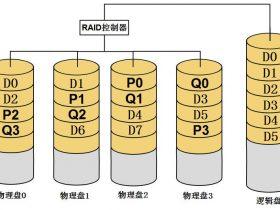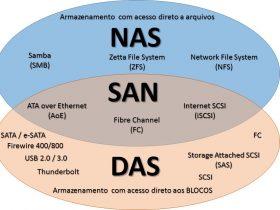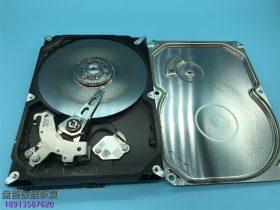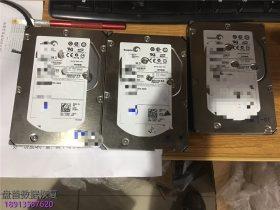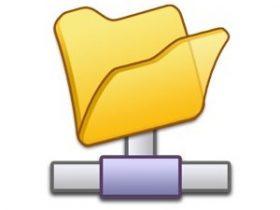存储过程学习
一、定义变量
--简单赋值
declare @a int
set @a=5
print @a
--使用select语句赋值
declare @user1 nvarchar(50)
select @user1='张三'
print @user1
declare @user2 nvarchar(50)
select @user2 = Name from ST_User where ID=1
print @user2
--使用update语句赋值
declare @user3 nvarchar(50)
update ST_User set @user3 = Name where ID=1
print @user3
二、表、临时表、表变量
--创建临时表1
create table #DU_User1
(
[ID] [int] NOT NULL,
[Oid] [int] NOT NULL,
[Login] [nvarchar](50) NOT NULL,
[Rtx] [nvarchar](4) NOT NULL,
[Name] [nvarchar](5) NOT NULL,
[Password] [nvarchar](max) NULL,
[State] [nvarchar](8) NOT NULL
);
--向临时表1插入一条记录
insert into #DU_User1 (ID,Oid,[Login],Rtx,Name,[Password],State) values (100,2,'LS','0000','临时','321','特殊');
--从ST_User查询数据,填充至新生成的临时表
select * into #DU_User2 from ST_User where ID<8
--查询并联合两临时表
select * from #DU_User2 where ID<3 union select * from #DU_User1
--删除两临时表
drop table #DU_User1
drop table #DU_User2
--创建临时表
CREATE TABLE #t
(
[ID] [int] NOT NULL,
[Oid] [int] NOT NULL,
[Login] [nvarchar](50) NOT NULL,
[Rtx] [nvarchar](4) NOT NULL,
[Name] [nvarchar](5) NOT NULL,
[Password] [nvarchar](max) NULL,
[State] [nvarchar](8) NOT NULL,
)
--将查询结果集(多条数据)插入临时表
insert into #t select * from ST_User
--不能这样插入
--select * into #t from dbo.ST_User
--添加一列,为int型自增长子段
alter table #t add [myid] int NOT NULL IDENTITY(1,1)
--添加一列,默认填充全球唯一标识
alter table #t add [myid1] uniqueidentifier NOT NULL default(newid())
select * from #t
drop table #t
--给查询结果集增加自增长列
--无主键时:
select IDENTITY(int,1,1)as ID, Name,[Login],[Password] into #t from ST_User
select * from #t
--有主键时:
select (select SUM(1) from ST_User where ID<= a.ID) as myID,* from ST_User a order by myID
--定义表变量
declare @t table
(
id int not null,
msg nvarchar(50) null
)
insert into @t values(1,'1')
insert into @t values(2,'2')
select * from @t
三、循环
--while循环计算1到100的和
declare @a int
declare @sum int
set @a=1
set @sum=0
while @a<=100
begin
set @sum+=@a
set @a+=1
end
print @sum
四、条件语句
--if,else条件分支
if(1+1=2)
begin
print '对'
end
else
begin
print '错'
end
--when then条件分支
declare @today int
declare @week nvarchar(3)
set @today=3
set @week=case
when @today=1 then '星期一'
when @today=2 then '星期二'
when @today=3 then '星期三'
when @today=4 then '星期四'
when @today=5 then '星期五'
when @today=6 then '星期六'
when @today=7 then '星期日'
else '值错误'
end
print @week
五、游标
declare @ID int
declare @Oid int
declare @Login varchar(50)
--定义一个游标
declare user_cur cursor for select ID,Oid,[Login] from ST_User
--打开游标
open user_cur
while @@fetch_status=0
begin
--读取游标
fetch next from user_cur into @ID,@Oid,@Login
print @ID
--print @Login
end
close user_cur
--摧毁游标
deallocate user_cur
六、触发器
触发器中的临时表:
Inserted
存放进行insert和update 操作后的数据
Deleted
存放进行delete 和update操作前的数据
--创建触发器
Create trigger User_OnUpdate
On ST_User
for Update
As
declare @msg nvarchar(50)
--@msg记录修改情况
select @msg = N'姓名从“' + Deleted.Name + N'”修改为“' + Inserted.Name + '”' from Inserted,Deleted
--插入日志表
insert into [LOG](MSG)values(@msg)
--删除触发器
drop trigger User_OnUpdate
七、存储过程
--创建带output参数的存储过程
CREATE PROCEDURE PR_Sum
@a int,
@b int,
@sum int output
AS
BEGIN
set @sum=@a+@b
END
--创建Return返回值存储过程
CREATE PROCEDURE PR_Sum2
@a int,
@b int
AS
BEGIN
Return @a+@b
END
--执行存储过程获取output型返回值
declare @mysum int
execute PR_Sum 1,2,@mysum output
print @mysum
--执行存储过程获取Return型返回值
declare @mysum2 int
execute @mysum2= PR_Sum2 1,2
print @mysum2
八、自定义函数
函数的分类:
1)标量值函数
2)表值函数
a:内联表值函数
b:多语句表值函数
3)系统函数
--新建标量值函数
create function FUNC_Sum1
(
@a int,
@b int
)
returns int
as
begin
return @a+@b
end
--新建内联表值函数
create function FUNC_UserTab_1
(
@myId int
)
returns table
as
return (select * from ST_User where ID<@myId)
--新建多语句表值函数
create function FUNC_UserTab_2
(
@myId int
)
returns @t table
(
[ID] [int] NOT NULL,
[Oid] [int] NOT NULL,
[Login] [nvarchar](50) NOT NULL,
[Rtx] [nvarchar](4) NOT NULL,
[Name] [nvarchar](5) NOT NULL,
[Password] [nvarchar](max) NULL,
[State] [nvarchar](8) NOT NULL
)
as
begin
insert into @t select * from ST_User where ID<@myId
return
end
--调用表值函数
select * from dbo.FUNC_UserTab_1(15)
--调用标量值函数
declare @s int
set @s=dbo.FUNC_Sum1(100,50)
print @s
--删除标量值函数
drop function FUNC_Sum1
谈谈自定义函数与存储过程的区别:
一、自定义函数:
1. 可以返回表变量
2. 限制颇多,包括
不能使用output参数;
不能用临时表;
函数内部的操作不能影响到外部环境;
不能通过select返回结果集;
不能update,delete,数据库表;
3. 必须return 一个标量值或表变量
自定义函数一般用在复用度高,功能简单单一,争对性强的地方。
二、存储过程
1. 不能返回表变量
2. 限制少,可以执行对数据库表的操作,可以返回数据集
3. 可以return一个标量值,也可以省略return
存储过程一般用在实现复杂的功能,数据操纵方面。
- 工程师微信二维码
- 微信扫一扫添加好友可直接咨询数据恢复相关问题
-

- 关注盘首微信小程序
- 扫描微信小程序查看大量数据恢复技术视频教程
-







